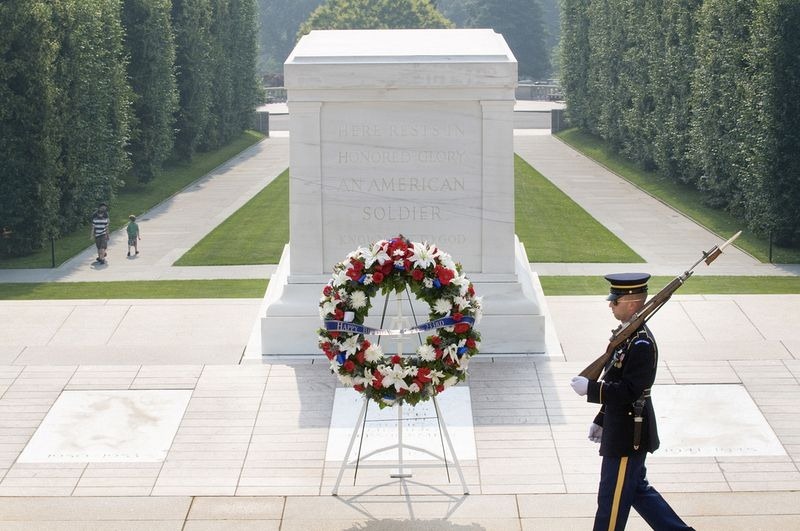
Mr. Nick is one busy storage unit renter
So, it’s the day before Christmas here at The Storage Inn in Egg Harbor Township New Jersey – Almost time for my annual visit from one of our biggest customers, Mr. Nick. Mr. Nick’s been a storage unit tenant with us for as long as anyone can remember. He’s an unusual guy – older – the outdoorsy type – from up North somewhere. You know, big bushy beard, wears a lot of red flannel shirts with suspenders. That sort of thing.
Mr. Nick has seven of our extra large storage spaces with the extra high ceilings. He stops in every year around this time to let us know that even though he’ll be emptying out the storage units, he’s not moving out.
 Mr. Nick is certainly a bit on the eccentric side and I’m assuming pretty wealthy since he’s mentioned renting storage units like ours all over the world. Each year right around Christmas time, his crew pulls in with a couple of giant, red S.C. Moving and Storage vans, and empties out out all seven of his storage spaces. The funny thing is, beginning in January, I’ll see his helpers back again and on a monthly basis, refilling the storage units with electronics, toys, sporting goods, and all sorts of goodies.
Mr. Nick is certainly a bit on the eccentric side and I’m assuming pretty wealthy since he’s mentioned renting storage units like ours all over the world. Each year right around Christmas time, his crew pulls in with a couple of giant, red S.C. Moving and Storage vans, and empties out out all seven of his storage spaces. The funny thing is, beginning in January, I’ll see his helpers back again and on a monthly basis, refilling the storage units with electronics, toys, sporting goods, and all sorts of goodies.

This year I decided to have a little chat with his crew. Nice guys – unusually short, but very well mannered and hard workers too. They all refer to Mr. Nick as “The big guy” which is quite true in height and around the waist line.
While his helpers were in the yard the other day, I decided to be a little nosey.
“Excuse me guys. Just curious. What type of business is Mr. Nick in if you don’t mind me asking?” I questioned.
“Import/export” replied one of his of helpers.
“Oh, so he buys and then resells things” I asked.
“No, no – He gives it all away!” answered a particularly short man, who appeared to be the leader of the crew.
“Wow, really? That’s great – a wealthy philanthropist!” I gushed.
“I guess you could say that, but the big guy really doesn’t care about money – He just likes to make people happy!” came a high pitched voice from behind a pile of toys.
If that don’t beat all I thought to myself. I tipped my Storage Inn hat and wished Mr. Nick’s crew a good day and Happy Holidays. I walked back to the rental office thinking about my conversation with Mr. Nick’s helpers. Hmmmm, I thought – Puzzling. A guy from up North, with a bushy white beard, dressed in all red, with an import/ export charitable organization?… who collects toys and other goodies throughout the year, only to give them away at Christmas time? If I didn’t know any better I would guess he’s… omg…. I think I know what the “S. C.” in S. C. Moving and Storage stands for! Happy Holidays from The Storage Inn!








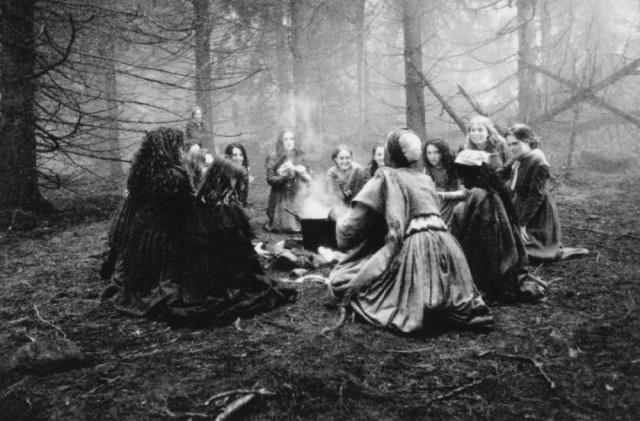
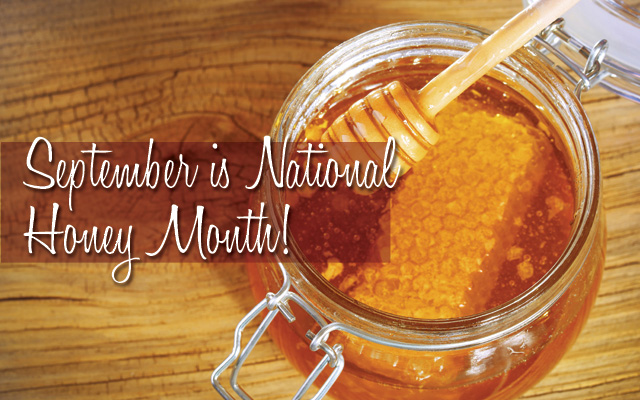










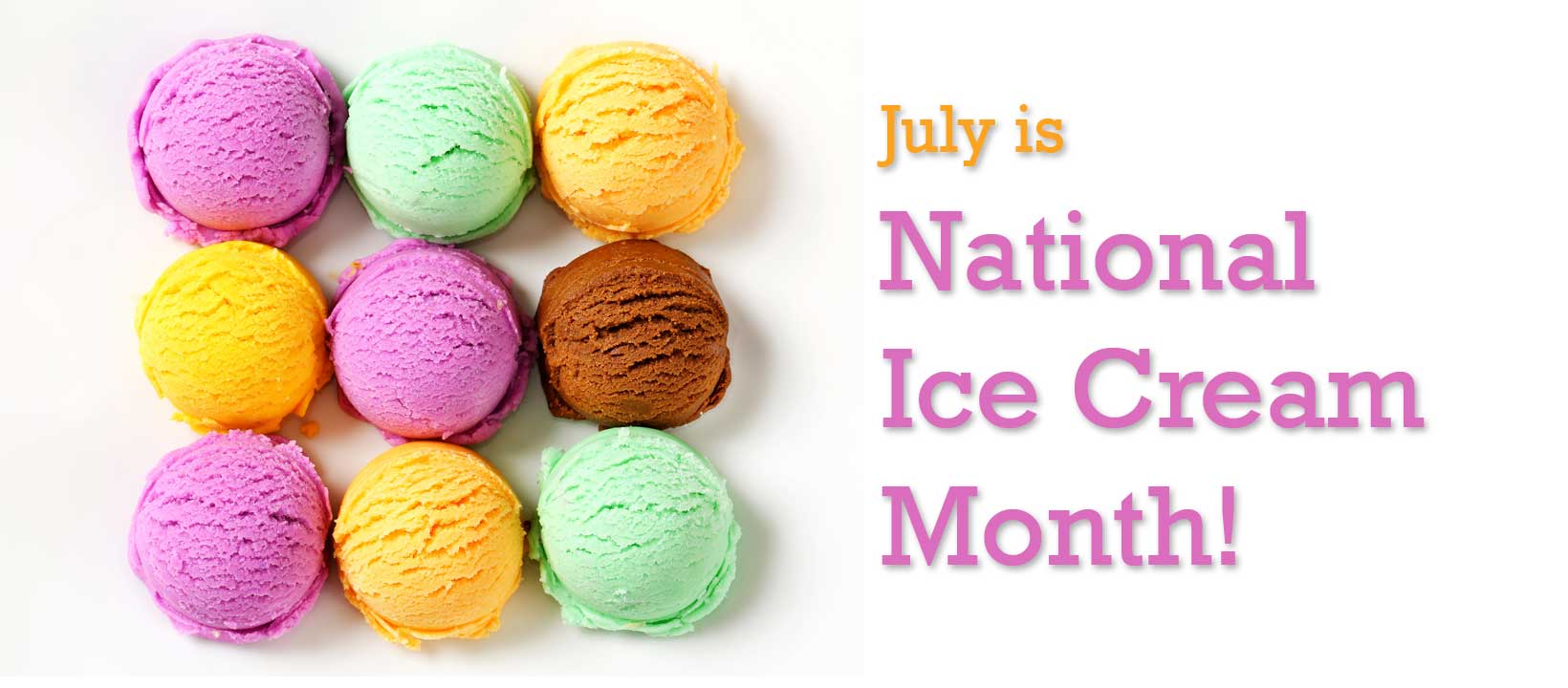
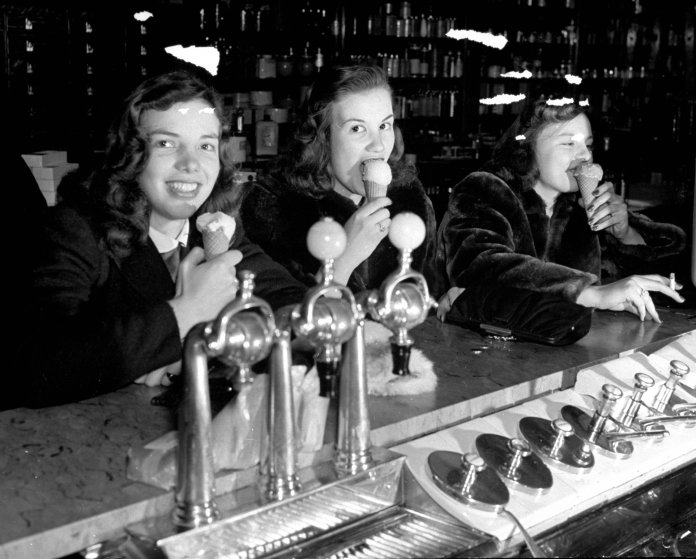
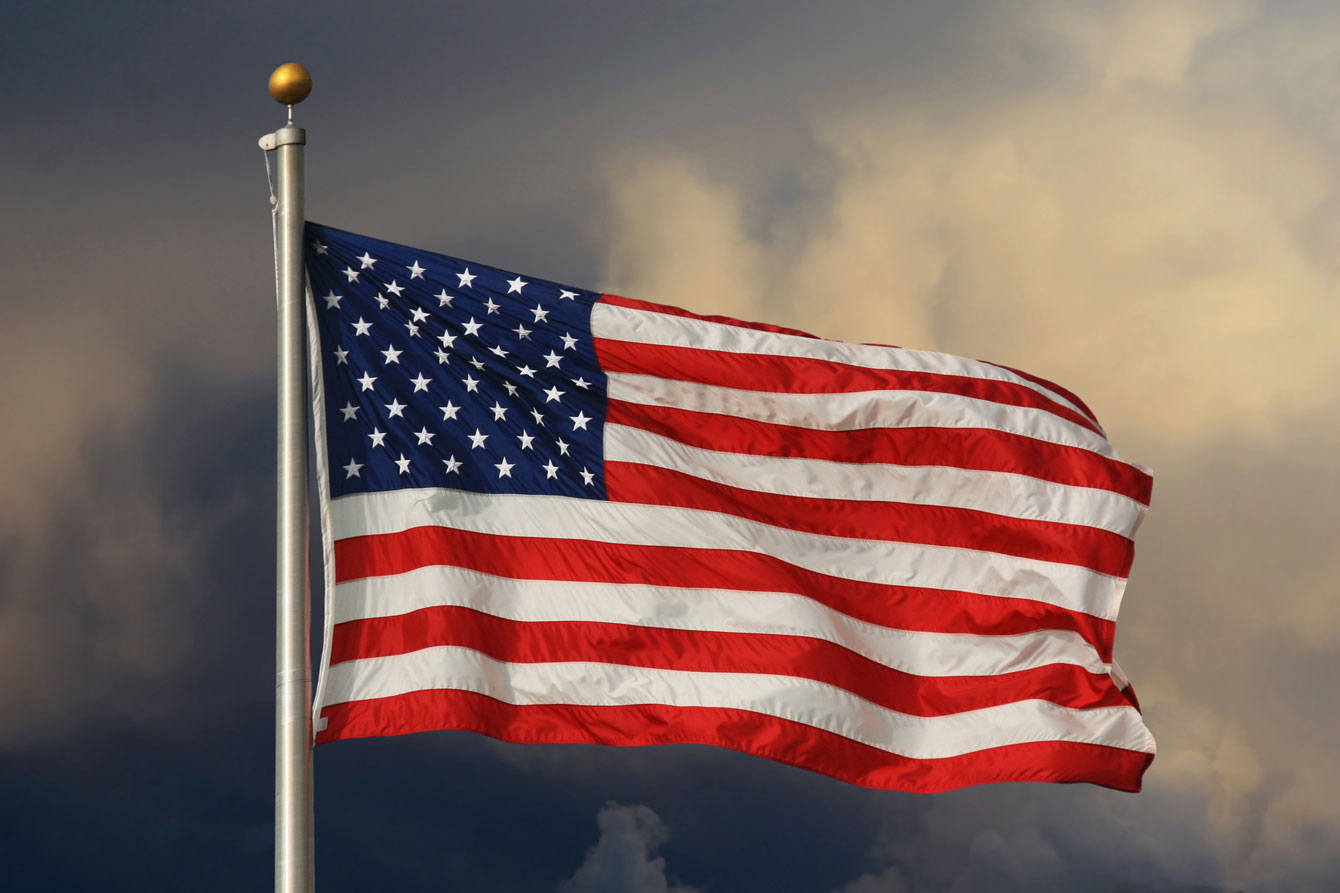
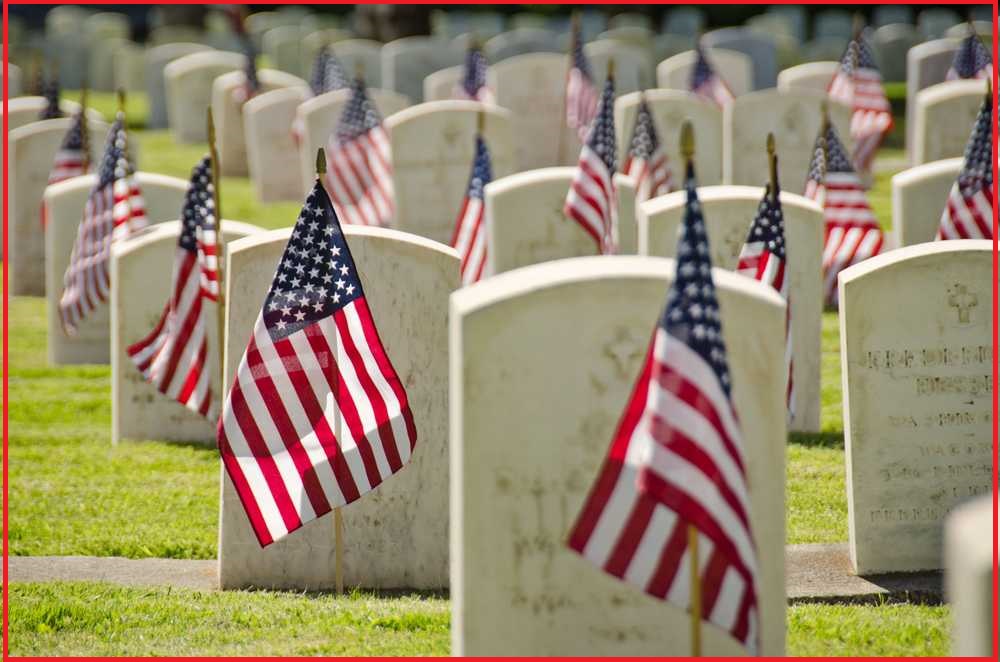 By the late 1860s, many Americans had begun hosting tributes to the war’s fallen soldiers by decorating their graves with flowers and flags. It gradually came to be known as Memorial Day over the years.
By the late 1860s, many Americans had begun hosting tributes to the war’s fallen soldiers by decorating their graves with flowers and flags. It gradually came to be known as Memorial Day over the years.